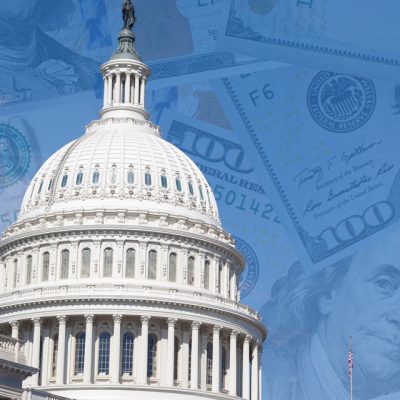Falcon
NOT FOR REPRINT
12 Hottest U.S. Rental Markets: 2024
Slideshow June 24, 2024 at 09:58 AM
Share & Print
As this summer's moving season gets underway, the U.S. rental market is experiencing a bit less strain than it did a year ago, according to a new report from RentCafe.com. For one thing, the market is feeling the effects of the influx of new apartments that have been introduced in recent years. In the first quarter, the supply of apartments increased by 0.6%, which is in line with the same period one year ago. For another, 29% of the 137 markets analyzed in the report are showing signs of softening, often with longer vacancy periods and more lease renewals. Some 62% of apartment dwellers chose to stay put this year, up from 59.7% last year. More renters are renewing their leases in large part because they are getting better deals and incentives when they do so, according to the report. They are also signing longer leases, which helps property managers keep their buildings full despite the large number new apartments opening in the last two years. Vacant apartments are taking 46 days, on average, to rent out, three days longer than last year. And the number of prospective renters per unit has decreased by one to eight applicants. That has led to an occupancy rate of 93.3% at the start of the 2024 rental season, down from 94% last year. For its report, RentCafe.com analyzed Yardi Systems apartment data across 137 rental markets in the U.S., with data coming directly from market-rate, large-scale multifamily properties of at least 50 units. Fully affordable multifamily properties were excluded from the analysis. Researchers calculated each market's competitive score by ranking them according to five metrics for the January-through-March period: apartment occupancy rate; average total days vacant; prospective renters per vacant unit; renewal lease rate and share of new apartments completed during the same timeframe. They then compiled an average ranking by assigning a percentage weight for each metric. See the gallery for the 12 most competitive rental markets, according to the study.
NOT FOR REPRINT
© Touchpoint Markets, All Rights Reserved. Request academic re-use from www.copyright.com. All other uses, submit a request to [email protected]. For more inforrmation visit Asset & Logo Licensing.
Featured Resources
View All
Sponsored by Axos Advisor Services
Integrated Banking Solutions: How To Enhance Client Services and Grow Your Business

Sponsored by Optifino
Three Macro Trends Impacting Long-Term Care: Trends, Solutions & Client Conversations

Sponsored by Vanilla
The Missing Piece: Why Advisors Who Skip Estate Planning are Failing Their Clients






